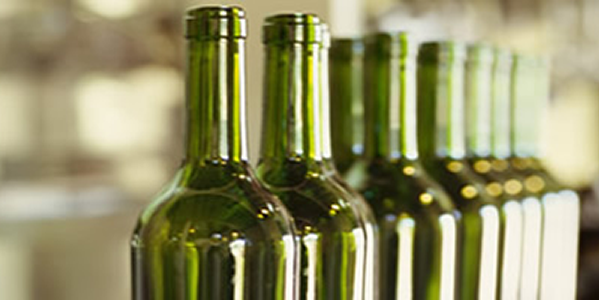| Packaging Inspection Protocol |
|
Compare to Standards
calc
Common quality control procedures for packaging materials include:
- Visual Inspection: Packaging materials, such as bottles, caps, labels, and boxes, are visually inspected for any visible defects or damage.
- Label Accuracy: Labels are checked for accuracy and compliance with regulatory requirements. This includes verifying that the correct information is displayed, such as alcohol content, allergen warnings, and health statements.
- Closure and Sealing: The integrity of closures, such as corks or screw caps, is checked to ensure they are properly sealed and do not allow for leakage or contamination.
- Bottle Dimension: Checked to insure no changes have occurred that would effect fit of closures, capsules, labels or shippers.
- Fill Level: The fill level of the wine bottles is verified to ensure it meets the standard requirements. This is important for consumer protection and to prevent underfilling or overfilling.
- Packaging Integrity: The overall integrity of the packaging, including boxes and cartons, is inspected to ensure they are suitable for protecting the wine during transportation and storage.
Review your procedures and compare to industry standards.
Common quality control procedures for bottling wine include:
- Recordkeeping: Maintaining detailed records throughout the bottling process helps track important information such as batch numbers, dates, and any quality issues that arise.
- Oxidative Control: Monitoring and managing dissolved oxygen levels during bottling operations is important to prevent oxidation, which can negatively impact the quality and stability of the wine.
- Microbiological Control: Implementing procedures and tests to identify and control spoilage microorganisms minimizes the risk of microbial degradation in the bottled wine.
- Packaging Integrity Checks: Regularly inspecting bottles, closures (such as corks or screw caps), and labeling ensures that the packaging materials are free from defects and properly sealed.
- Sanitation Procedures: Maintaining a high level of cleanliness throughout the bottling line and equipment is essential to prevent contamination and maintain wine quality.
- Workforce Training: Providing comprehensive training to the bottling line employees on quality control protocols, sanitation practices, and safety measures helps maintain consistency and minimize errors.
Review your procedures and compare to industry standards.
| Barrel Sampling Procedures |
|
testing1
testing 2
| Analytical Quality Control |
|
testing1
testing 2
testing1
testing 2
testing1
testing 2
p
p
p
p
p
p
p
p
p
p
p
p
p

